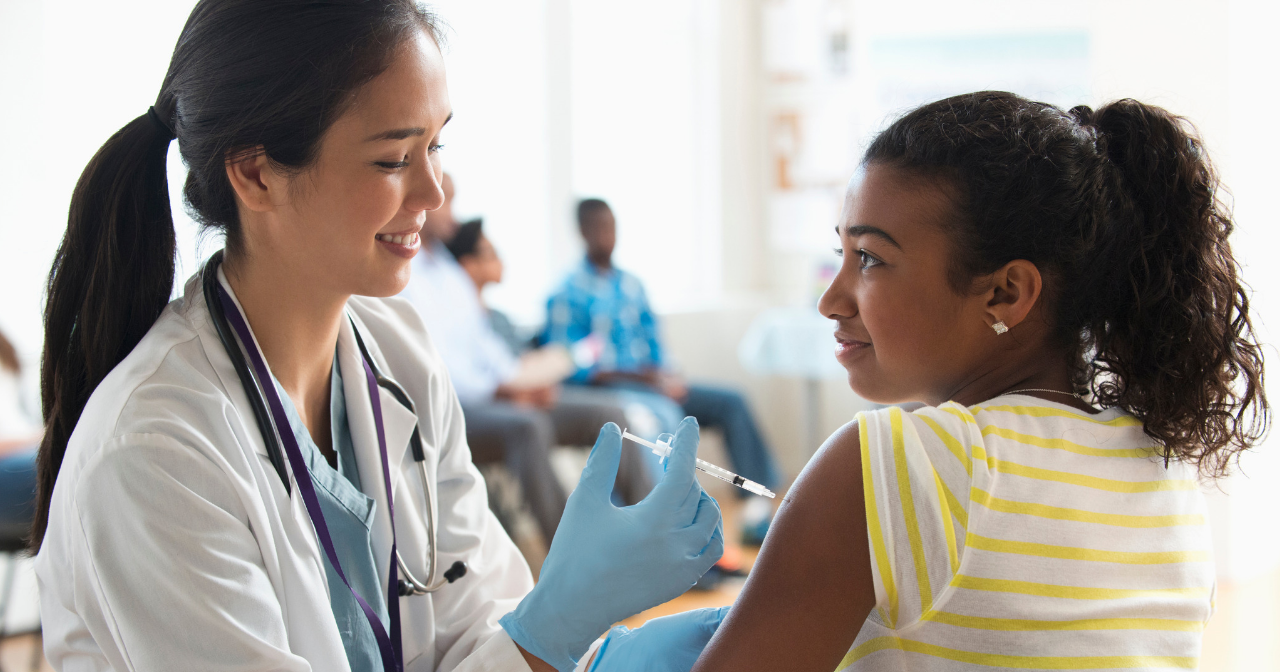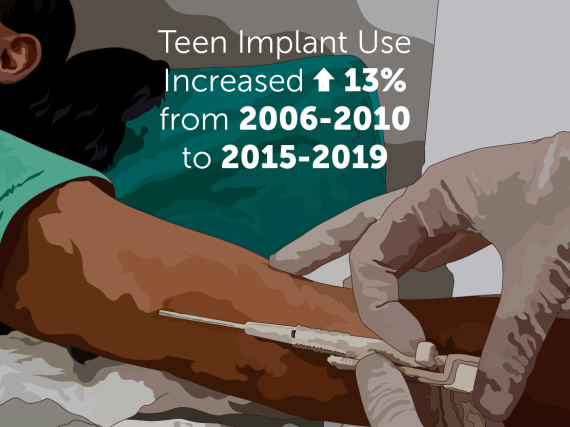January is Cervical Health Awareness Month
January marks Cervical Health Awareness Month, a crucial campaign dedicated to shedding light on cervical cancers and stressing the significance of early detection.
Nearly all cervical cancer is caused by the human papillomavirus (HPV), an extremely common sexually transmitted infection (STI). Because of the strong link between HPV and cervical cancer, physicians may use an HPV test to determine if a person has a high-risk type of HPV. More than 34,000 people in the US are diagnosed with cancers caused by HPV each year.
Approximately 85% of Americans will encounter an HPV infection in their lifetime. People can protect themselves with the HPV vaccine, named Gardasil 9 in the United States. The vaccine protects against the most dangerous strains of HPV, which are responsible for nearly 70% of cervical cancer. Yet in 2022, the CDC found that just 62.6% of adolescents age 13–17 were up to date with their HPV vaccination. It’s not just people with uteruses who should get the vaccine – the CDC recommends that both males and females age 11 to 12 years should get vaccinated. It’s also recommended that those age 9 to 26 years receive the vaccine and that those 27 and older may get vaccinated after talking with their doctors about risks for new HPV infections.
Regular Pap smears also play an important role in maintaining cervical health. Firstly, cervical cancer is most treatable if it’s caught early. Additionally, Pap smears can detect cervical cells that might someday develop into cancer (also called precancers), which means a provider can treat someone before they become cancerous. When these precancers are removed, cervical cancer is prevented more than 95% of the time.
Taking a comprehensive approach to cervical health also involves using effective methods of birth control that provide protection against STIs, such as condoms and internal condoms. These are the only two methods that prevent pregnancy and protect against from STIs at the same time. They can also be combined with a hormonal method for increased protection. By incorporating these methods into regular reproductive health, people not only take control of their family planning but also prioritize their overall reproductive well-being.
The data shows that it’s important to use Cervical Health Awareness Month as an opportunity to urge everyone to make informed choices, embrace vaccinations, and undergo regular screenings!



